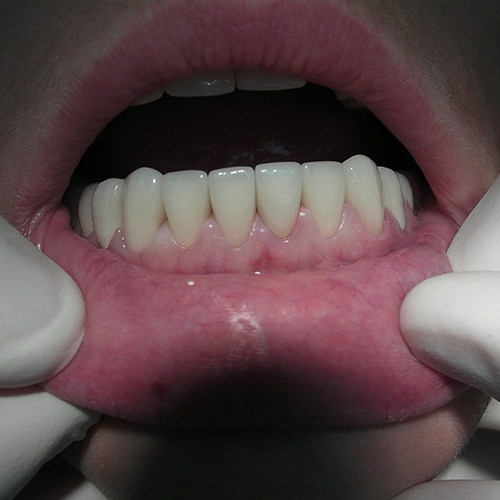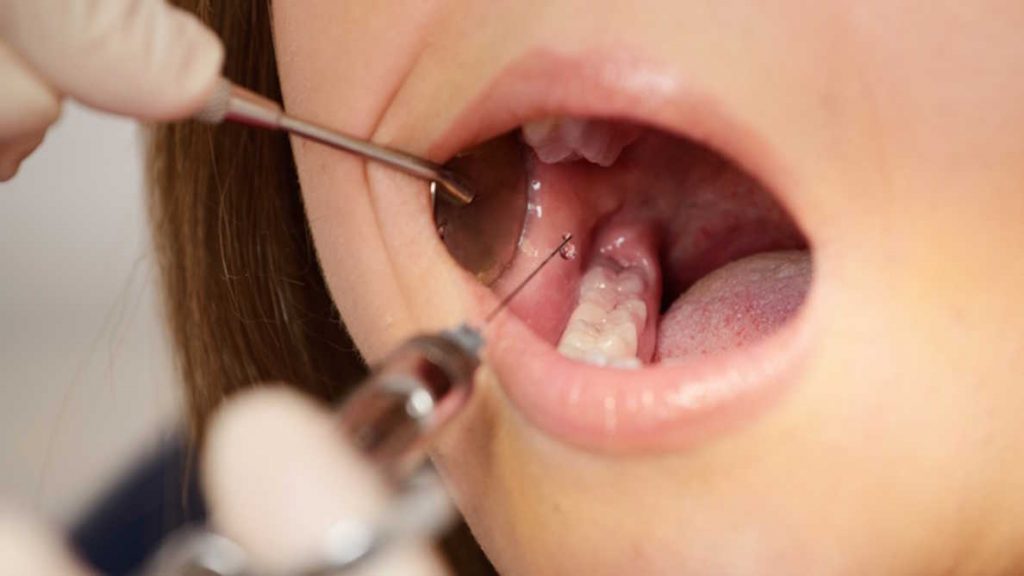Dental Bridge Services Near Me

When it comes to addressing missing teeth, a dental bridge is often a recommended solution for restoring both the functionality and aesthetics of your smile. For those searching for “dental bridge services near me,” understanding the process, benefits, and what to expect from these services is crucial. In this comprehensive overview, we’ll delve into the world of dental bridges, covering their types, the process of getting one, and the importance of finding the right dentist for your needs.
Introduction to Dental Bridges
A dental bridge is a fixed appliance that is used to replace one or more missing teeth. It “bridges” the gap between teeth by attaching artificial teeth to the surrounding natural teeth or dental implants. The primary goal of a dental bridge is not only to improve the appearance of your smile but also to restore the ability to chew and speak properly, and to maintain the shape of your face.
Types of Dental Bridges
There are several types of dental bridges available, catering to different needs and situations:
- Traditional Dental Bridge: This is the most common type, involving creating a crown for the tooth on either side of the missing tooth, with the artificial tooth (pontic) attached in between.
- Cantilever Dental Bridge: Used when there are adjacent teeth on only one side of the missing tooth. This type is less common due to its lower stability and potential to cause damage to the surrounding teeth.
- Maryland Bonded Bridge: Also known as a resin-bonded bridge, this type involves metal wings that are bonded to the back of the surrounding teeth. It’s often used for front teeth and is less invasive.
- Implant-Supported Bridge: This involves using dental implants to support the bridge. It’s highly stable and durable but requires a more extensive procedure, including surgery to place the implants.
The Process of Getting a Dental Bridge
Getting a dental bridge typically requires several steps over multiple visits:
- Initial Consultation: Discuss your options with your dentist, including the type of bridge most suitable for your case.
- Preparation: The teeth on either side of the gap are prepared to support the crowns that will hold the bridge in place. This involves removing some of the enamel to make room for the crowns.
- Impressions: Impressions of your teeth are taken to create a model, which is then used to fabricate the bridge.
- Temporary Bridge: You may be fitted with a temporary bridge to protect your teeth and gums while the permanent bridge is being made.
- Fitting: Once the bridge is ready, it’s fitted and adjusted to ensure it’s comfortable and functions properly.
- Follow-Up: After the bridge is placed, follow-up visits may be necessary to check how the bridge is adjusting and to make any necessary adjustments.
Benefits of Dental Bridges
- Restores Smiling and Speaking Confidence: By filling in the gaps, dental bridges help restore the natural appearance of your teeth, enhancing your self-confidence.
- Chewing Ability: Bridges can greatly improve your ability to chew food properly, reducing digestion problems.
- Prevents Shifting: By filling the gap, bridges prevent the surrounding teeth from shifting, which can lead to bite problems and further tooth loss.
- Durable: With proper care, dental bridges can last for many years, making them a worthwhile investment.
Finding “Dental Bridge Services Near Me”
When searching for dental bridge services, it’s essential to find a dentist who is not only skilled in restorative dentistry but also takes the time to understand your needs and preferences. Here are a few tips:
- Check Credentials: Look for dentists with advanced training in cosmetic and restorative dentistry.
- Reviews and Testimonials: Pay attention to what previous patients have to say about their experiences.
- Insurance Coverage: Check if the dentist accepts your insurance to help manage costs.
- Technology and Facilities: A modern dental practice with the latest technology can provide more precise and comfortable treatments.
How Long Does a Dental Bridge Last?
+A dental bridge can last anywhere from 5 to 15 years or more, depending on the type of bridge, the materials used, and how well you take care of your teeth. Regular dental check-ups and good oral hygiene are crucial for extending the life of your bridge.
Are Dental Bridges Painful to Get?
+Most people experience little to no pain when getting a dental bridge, thanks to local anesthesia used during the procedure. However, some sensitivity or discomfort may be experienced after the procedure, which can be managed with over-the-counter pain relievers.
How Do I Care for My Dental Bridge?
+Caring for your dental bridge involves regular brushing and flossing, avoiding hard or sticky foods, and attending regular dental check-ups. A waterpik can be particularly useful for cleaning around the bridge. By taking good care of your bridge, you can extend its lifespan and ensure your oral health remains excellent.
In conclusion, dental bridges offer a reliable and aesthetically pleasing solution for addressing missing teeth. By understanding the process, benefits, and types of dental bridges available, you can make informed decisions about your dental care. Finding the right dentist with expertise in dental bridges is key to ensuring that your experience is positive and that your bridge meets your needs and exceeds your expectations.



